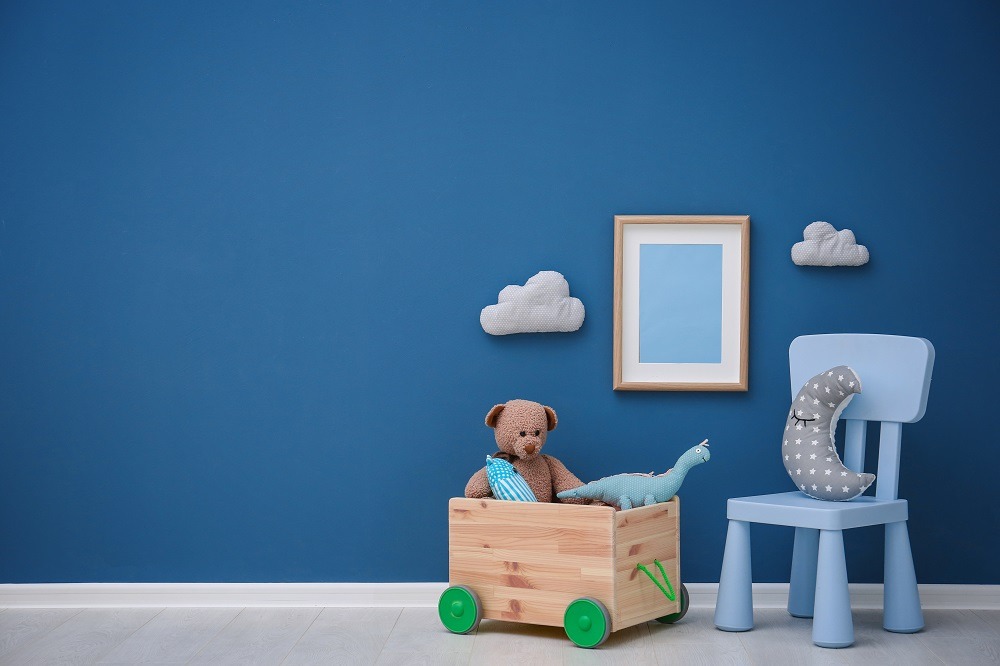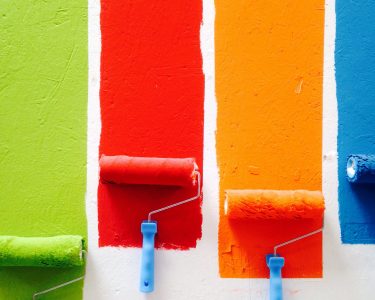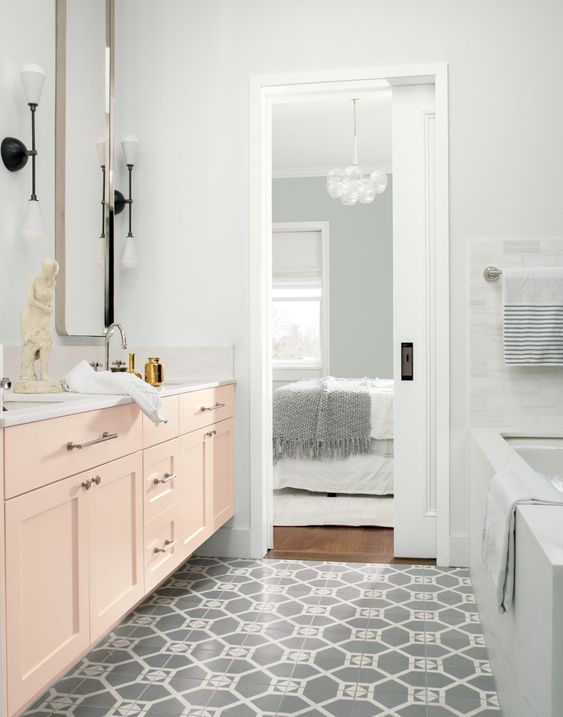Choosing the right nursery paint colors has a dramatic impact on the environment where infants spend most of their time. Beyond just the looks, the best colors for nursery walls influence a child’s mood, behavior, and development, demonstrated by studies in color psychology. Safety must also be considered, as increasing numbers of parents choose paints low in volatile organic compounds (VOCs) to provide their babies with healthier indoor air quality.
Additionally, nursery color trends shift constantly, reflecting changing preferences for things like calming pastels, gender-neutral tones, or vibrant accents that stimulate creativity. An understanding of these factors—psychological effects, safety standards, and current design trends—helps parents create a nurturing and visually appealing space for their children.
Color Psychology in Nursery Design
Colors play a large role in nursery design, impacting infants’ moods and developmental stages. Child development experts note that soft hues like pastel blues and greens have calming effects, promoting relaxation and helping children sleep. On the other hand, brighter tones such as yellows or oranges give children energy and creativity, making them suitable for play areas. Tones like this create a bright and airy space, similar to that of a sunroom. Studies have shown that the right nursery paint colors boost cognitive development and emotional well-being in children, demonstrating how important choosing paint for baby rooms is in nursery environments.
Choosing Non-Toxic Paints
When choosing paint for baby rooms, low-VOC or zero-VOC shades make safe nursery paint options. Volatile organic compounds (VOCs) found in most normal paints can release harmful chemicals into the air, impacting indoor air quality and introducing health risks. Infants and children with developing respiratory systems should not be exposed to these risks.
Opting for safe nursery paint options reduces exposure to these harmful VOCs. When choosing paint for baby rooms, look for certifications like Green Seal or Greenguard, which certify low VOC levels. Choosing paints that are easy to clean and maintain is also smart, as children are messy and nursery walls can be prone to spills and smudges. By choosing non-toxic paint options, parents create a safe and healthy environment for their children to grow in.
Popular Paint Colors for Nurseries
Current trends in nursery paint colors lean towards soothing tones like soft pastels and gender-neutral shades that create a calming and versatile space for babies. Interior designers recommend colors like soft blues, greens, and yellows often for their calming effects and their ability to match many nursery themes and decor styles. They favor these colors for promoting relaxation and contributing to a tranquil atmosphere that helps children sleep. Additionally, neutral shades like grays and beiges provide a versatile background that grows with the child and accommodates their tastes changing over time. Choosing these colors boosts the visual appeal of the nursery and makes it a nurturing and comforting space for both infants and parents.
Tips for Choosing the Right Color
When choosing paint for baby rooms, think about practical factors such as the size of the room, the room’s lighting, and any already existing decor. In smaller nurseries, lighter shades like soft pastels or whites can make the room feel larger than it really is. On the other hand, darker colors add warmth and coziness to spaces, ideal for rooms that are already large. Optimizing lighting to the specific needs of the room is also important; natural light enhances lighter colors, while artificial lighting can negatively impact how certain colors appear. These tips also work for designing other spaces in a house, such as a media room. By thinking about these elements, parents can make sure the color scheme they choose looks aesthetically pleasing and creates a nurturing environment for the early development of their child.
DIY vs. Hiring a Professional
Deciding between painting the nursery yourself or having a professional do it involves taking several factors into account. DIY painting allows you to save on costs and allows personal customization with specific colors and designs. It can also be a satisfying project for expecting parents or families. However, achieving a professional-looking finish requires time, effort, and most of all, skill, so beginners may find the experience challenging.
Alternatively, hiring a professional painter guarantees high-quality results without the time-consuming preparation or cleanup. Professionals also have the experience to be working with challenges like uneven surfaces or complex designs. It’s also important to maximize safety in DIY projects; exposure to harmful chemicals should be minimized by ensuring sufficient ventilation, using low-VOC paints, and wearing protective gear such as gloves and goggles. Additionally, manufacturer instructions for applying the paint and drying it properly should always be followed for a safe and healthy nursery environment for your child.
The Importance of Nursery Paint Colors
The process of choosing the best nursery paint colors goes directly impacts your child’s well-being and development. An understanding of the psychological effects colors have, prioritizing safety with non-toxic paints, and staying informed about current trends, all go a long way in creating a nurturing environment that supports their child’s growth. It’s essential to find a balance between visuals and safety when selecting nursery paint colors. This cements the nursery as a relaxing space while reducing health risks associated with VOC emissions. Regardless of choosing calming pastels, gender-neutral shades, or vibrant accents, the goal is to create an environment where your child feels safe, comfortable, and inspired.





